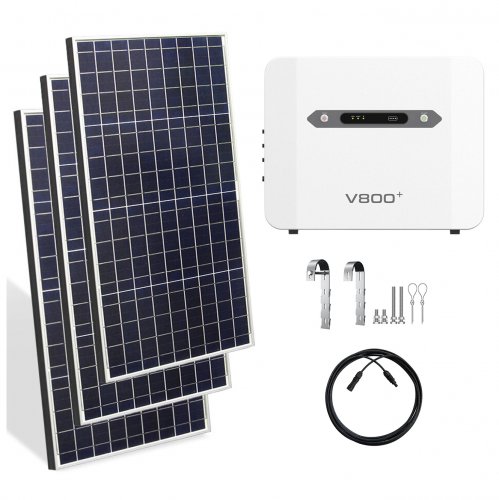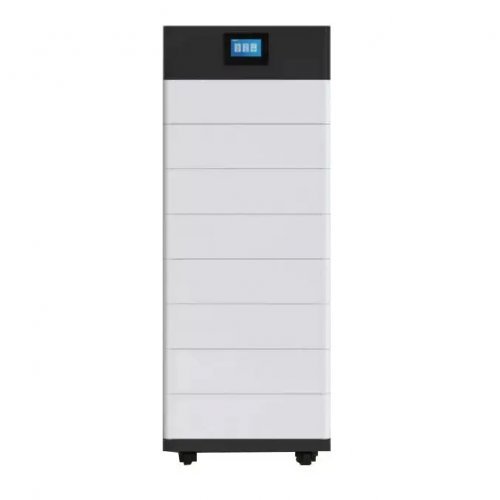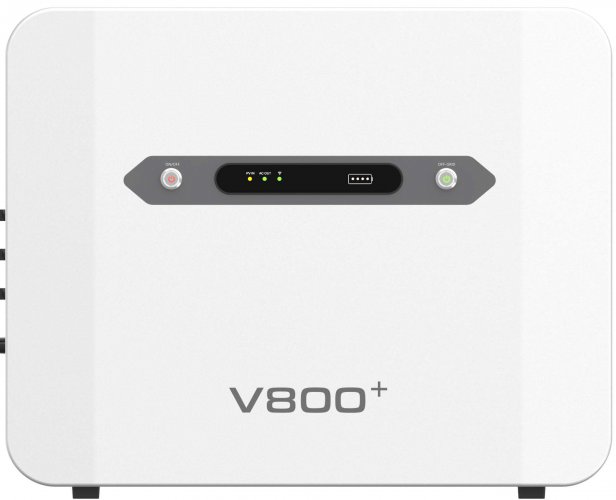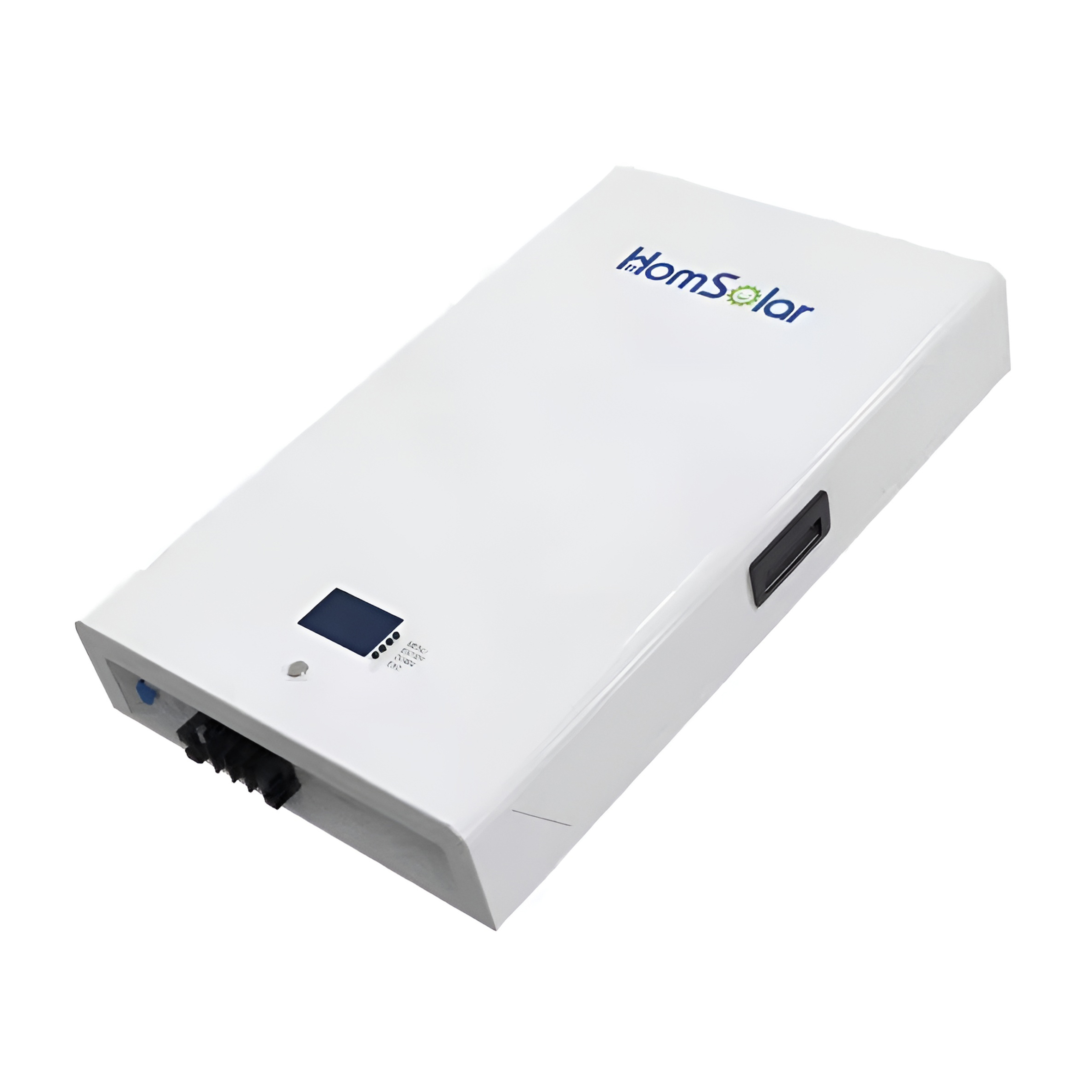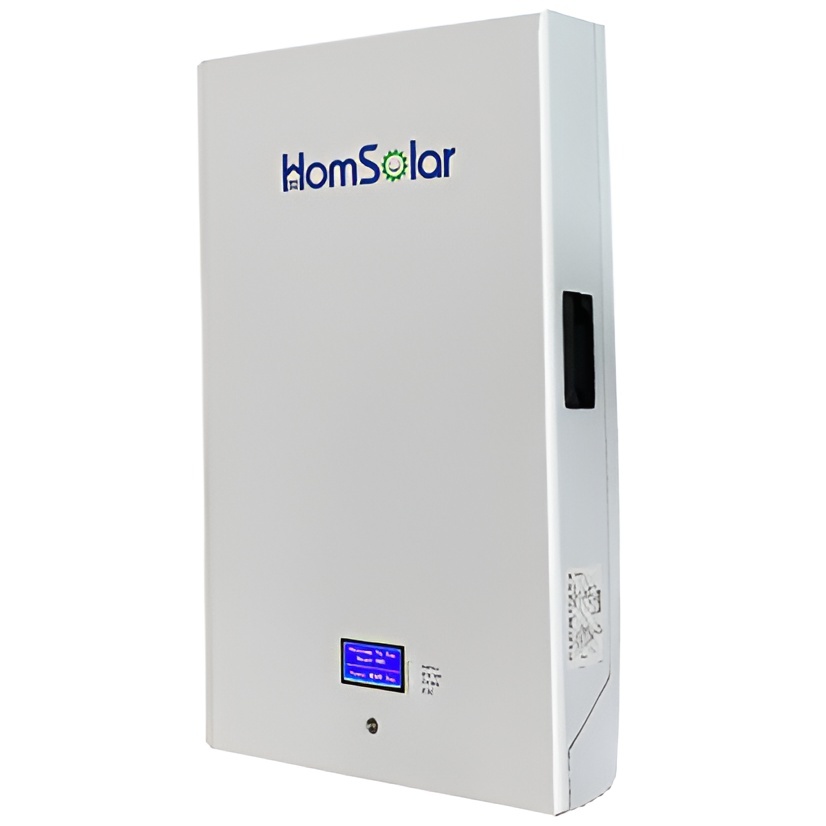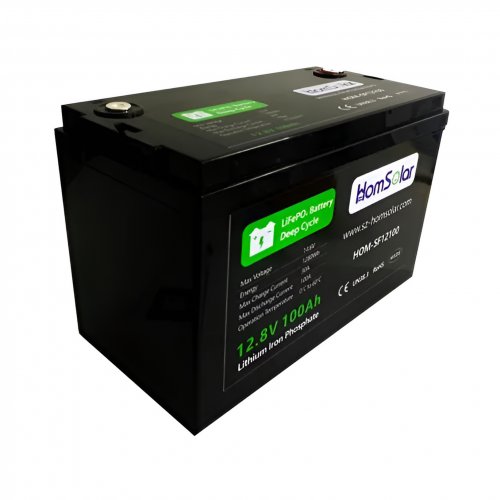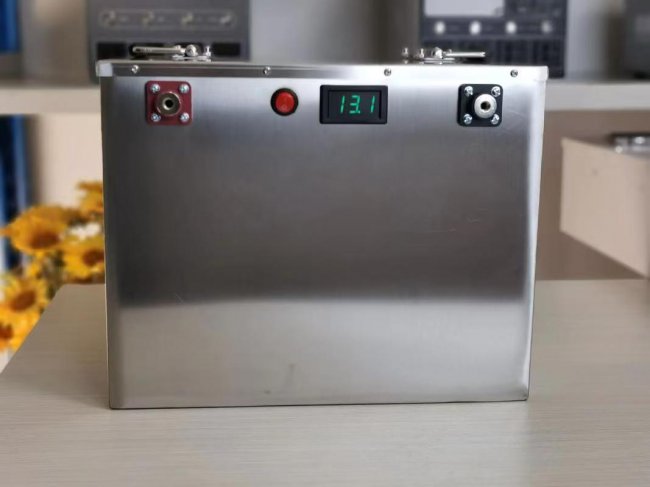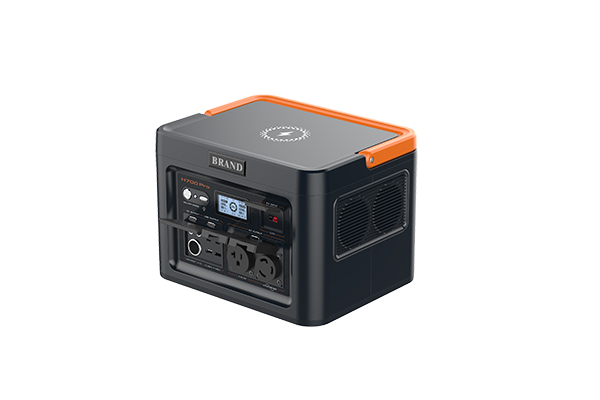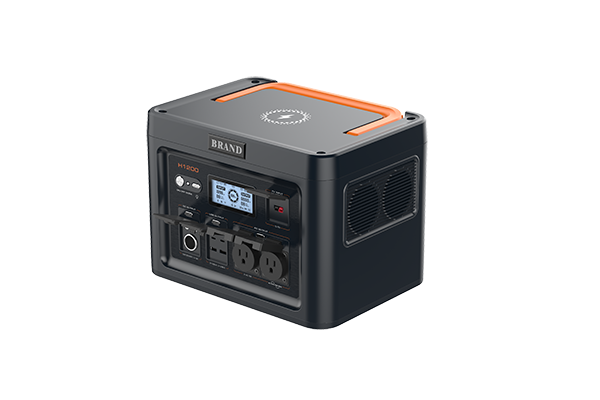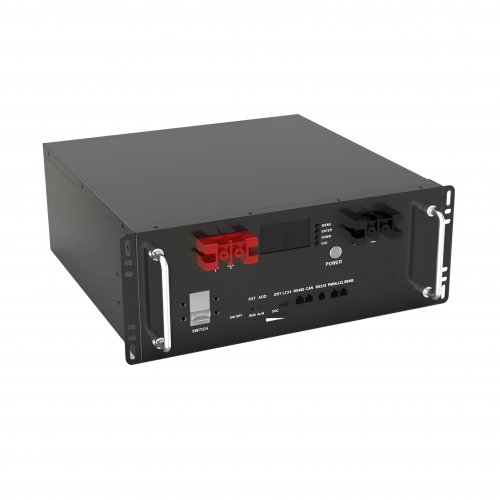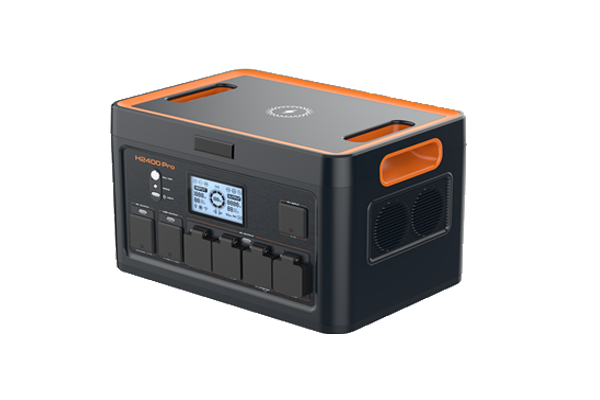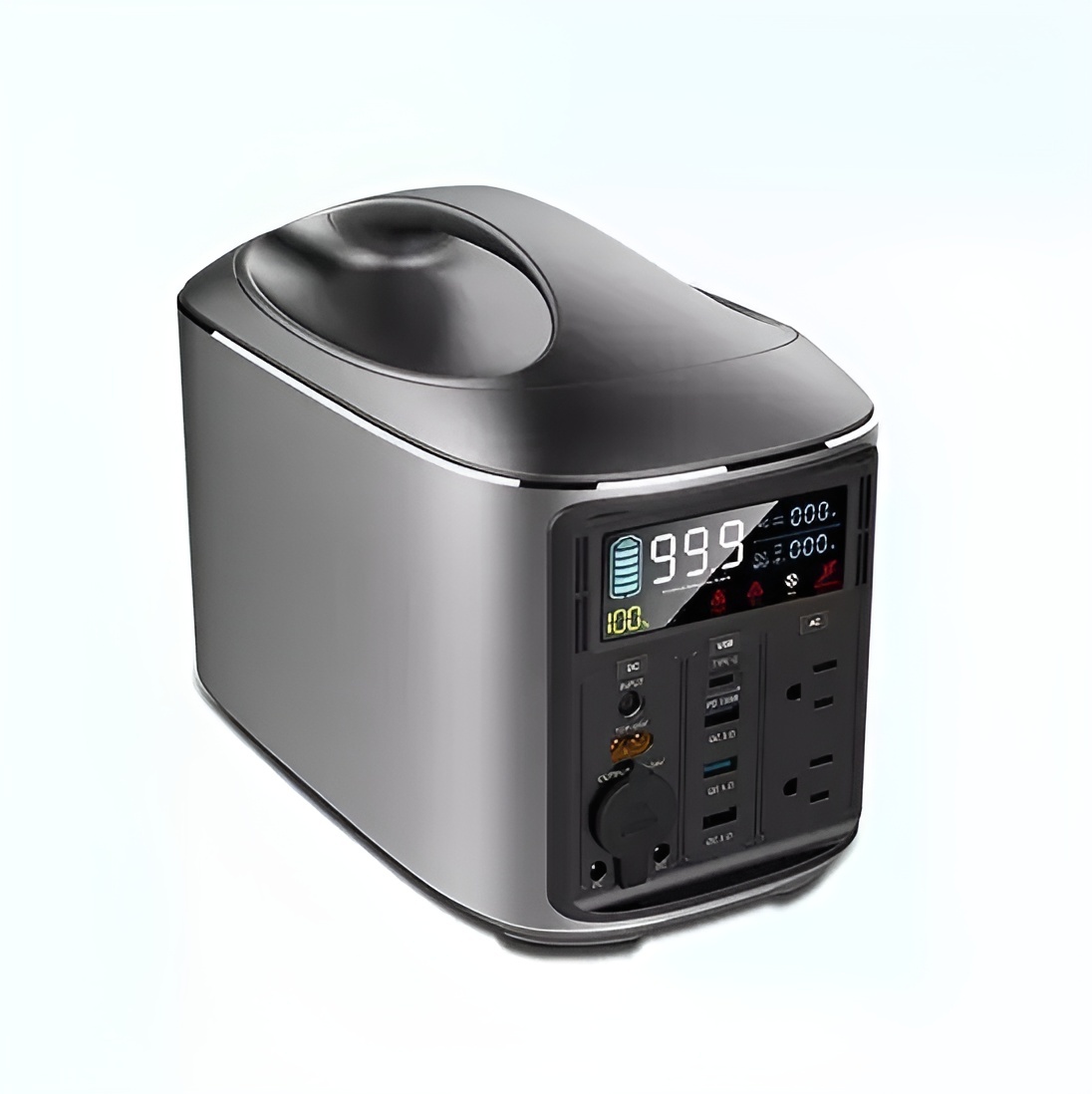How To Use Lifepo4 Battery: A Comprehensive Guide To Maximizing Performance And Lifespan
Lithium Iron Phosphate (LiFePO4) batteries have revolutionized energy storage with their exceptional safety, long cycle life, and stable performance. Whether you're powering a recreational vehicle, a marine application, a solar energy system, or critical backup power, understanding how to properly use and maintain these batteries is crucial to unlocking their full potential. Unlike traditional lead-acid batteries, LiFePO4 requires a different approach to maximize its investment. This guide provides detailed steps, practical tips, and essential precautions for getting the most out of your LiFePO4 battery.
Step 1: Initial Setup and Installation
1. Inspection: Upon receiving your battery, carefully inspect it for any signs of physical damage, such as cracks, dents, or leaking. Do not install or use a damaged battery. 2. Reading the Manual: Before any connection, thoroughly read the manufacturer's specific manual. Specifications for terminal types, recommended torque, and communication protocols can vary. 3. Charging Before First Use: It is highly recommended to give your new LiFePO4 battery a full charge using an appropriate charger before its first use. This ensures all cells are balanced from the start. 4. Proper Installation Environment:Location: Install the battery in a dry, well-ventilated area.Temperature: Avoid extreme temperatures. The ideal operating range is between 0°C and 45°C (32°F to 113°F). Never install the battery directly next to a heat source like an engine block.Orientation: Most LiFePO4 batteries are sealed and can be mounted in any orientation, but confirming this in the manual is good practice. Avoid mounting upside down if the terminals are on top. 5. Secure Connections:Use clean, appropriately sized cables and terminals.Tighten terminal connections to the manufacturer's specified torque value. Over-tightening can strip threads, while under-tightening can lead to high resistance, arcing, and potential fire hazards.Ensure correct polarity (Positive to Positive, Negative to Negative). Reversed polarity can instantly and permanently damage the battery and connected equipment. Use color-coded cables (red for positive, black for negative) to minimize risk.If connecting multiple batteries in series or parallel, ensure they are of the same brand, model, age, and state of charge. Imbalances can severely reduce performance and lifespan.
Step 2: Charging Your LiFePO4 Battery Correctly
Charging is the most critical aspect of LiFePO4 care. Using the correct equipment and parameters is non-negotiable.
1. Use a Compatible Charger: Never use a charger designed for lead-acid batteries. Lead-acid chargers have different voltage setpoints and equalization cycles that are harmful to LiFePO4 chemistry. You must use a charger specifically designed for LiFePO4 batteries. 2. Understand the Charging Parameters: A typical LiFePO4 charging profile consists of two main stages:Constant Current (Bulk Stage): The charger delivers a constant current until the battery voltage reaches around 14.2V to 14.6V (for a 12V system).Constant Voltage (Absorption Stage): The charger holds the voltage at the absorption level until the charging current tapers down to a very low level (typically 0.05C or as per the manufacturer's recommendation), at which point the battery is considered fully charged. 3. Charging Current: A common recommendation is to charge at a rate of 0.5C or less for optimal lifespan. For example, a 100Ah battery can be charged at 50A. While many LiFePO4 batteries can handle higher charge rates, a lower rate is gentler on the battery. 4. Temperature Compensation: Unlike lead-acid, LiFePO4 batteries do not require voltage compensation for temperature during charging. High-quality chargers and Battery Management Systems (BMS) will manage temperature extremes.
Step 3: Discharging and Daily Operation
1. Depth of Discharge (DoD): One of the biggest advantages of LiFePO4 is its ability to be deeply discharged without significant damage. You can safely use 80-95% of the battery's rated capacity. However, for maximum cycle life, avoiding consistently draining the battery to 0% State of Charge (SoC) is a good practice. Setting a lower discharge cutoff at 10-20% SoC is beneficial for long-term health. 2. BMS Protection: Your battery has an internal Battery Management System (BMS). This electronic board is its guardian. It protects against over-charge, over-discharge, over-current, and short circuits. Understand that if the BMS disconnects the battery due to a fault condition (e.g., over-discharge), it may require a specific wake-up procedure, such as connecting a charger, to become active again. 3. Storage Guidelines: If you plan to store the battery for an extended period:Partial Charge is Best: Do not store the battery fully charged or fully discharged. The ideal storage State of Charge is between 30% and 50%.Cool and Dry: Store in a cool, dry place. The lower the temperature, the slower the natural self-discharge rate.Periodic Check: Check the voltage every 3-6 months and give it a top-up charge if the voltage has dropped significantly, indicating the SoC has fallen too low.
Practical Tips and Best PracticesState of Charge Monitoring: Do not rely on voltage alone to estimate the State of Charge. The voltage curve of a LiFePO4 battery is very flat for most of its discharge cycle, making voltage an inaccurate SoC indicator. Use a dedicated battery monitor (e.g., with a shunt) that tracks amp-hours in and out for precise readings.No "Memory Effect": LiFePO4 batteries do not suffer from the "memory effect." There is no need to perform full discharge cycles to maintain capacity. Partial, shallow discharges are actually better for the battery's longevity.No Equalization Charging: Unlike lead-acid batteries, LiFePO4 cells do not require and must not be subjected to equalization charging. The internal BMS manages cell balancing.
Critical Precautions and What to AvoidAVOID Over-Charging: Allowing a charger to continuously apply a high absorption voltage can force the BMS to disconnect and stress the battery cells.AVOID Over-Discharging: While more tolerant than other lithium chemistries, consistently draining a LiFePO4 battery until the BMS cuts off can damage the cells over time and may prevent the BMS from waking up.AVOID Extreme Temperatures: Do not charge the battery at temperatures below 0°C (32°F). Charging a frozen battery can cause permanent internal damage. If you must operate in cold environments, look for batteries with built-in low-temperature charging protection or use an external heating system.AVOID Water and Moisture: While the battery case is sealed, submerging it in water or exposing terminals to moisture can cause short circuits and corrosion.Do Not Disassemble: The battery contains high-energy cells and safety mechanisms. Tampering with or disassembling the case voids the warranty and is extremely dangerous.
By following this comprehensive guide, you can ensure that your LiFePO4 battery delivers on its promise of thousands of cycles, reliable power, and superior performance for years to come. Proper care translates directly into long-term value and operational peace of mind.
Customized/OEM/ODM Service
HomSolar Supports Lifepo4 battery pack customization/OEM/ODM service, welcome to contact us and tell us your needs.


HomSolar: Your One-stop LiFePO4 Battery Pack & ESS Solution Manufacturer
Our line of LiFePO4 (LFP) batteries offer a solution to demanding applications that require a lighter weight, longer life, and higher capacity battery. Features include advanced battery management systems (BMS), Bluetooth® communication and active intelligent monitoring.

Customised Lithium Iron Phosphate Battery Casing
ABS plastic housing, aluminium housing, stainless steel housing and iron housing are available, and can also be designed and customised according to your needs.

HomSolar Smart BMS
Intelligent Battery Management System for HomSolar Energy Storage System. Bluetooth, temperature sensor, LCD display, CAN interface, UART interface also available.


Terminals & Plugs Can Be Customized
A wide range of terminals and plugs can be customised to suit the application needs of your battery products.

Well-designed Solutions for Energy Storage Systems
We will design the perfect energy storage system solution according to your needs, so that you can easily solve the specific industry applications of battery products.



About Our Battery Cells
Our energy storage system products use brand new grade A LiFePO4 cells with a battery lifespan of more than 4,000 charge/discharge cycles.



Applications in Different Industries
We supply customized & OEM battery pack, assemble cells with wiring, fuse and plastic cover, all the cell wires connected to PCB plug or built BMS.
Applications: E-bike, Electric Scooter, Golf Carts, RV, Electric Wheelchair, Electric Tools, Robot Cleaner, Robot Sweeper, Solar Energy Storage System, Emergency Light, Solar Power Light, Medical Equipment, UPS Backup Power Supply.
We can provide you with customized services. We have the ability to provide a vertical supply chain, from single cells to pack/module and to a complete power solution with BMS, etc.


HomSolar (Shenzhen) Technology Co., Ltd








